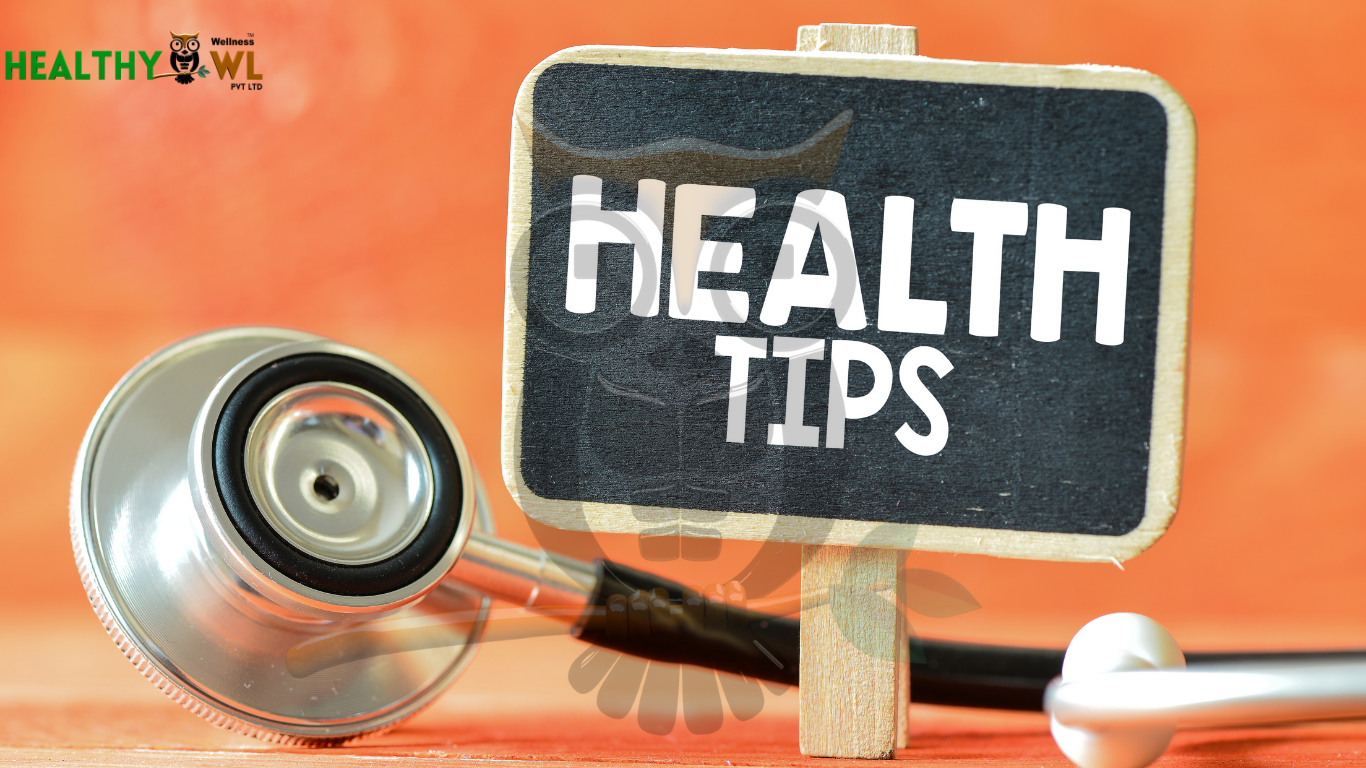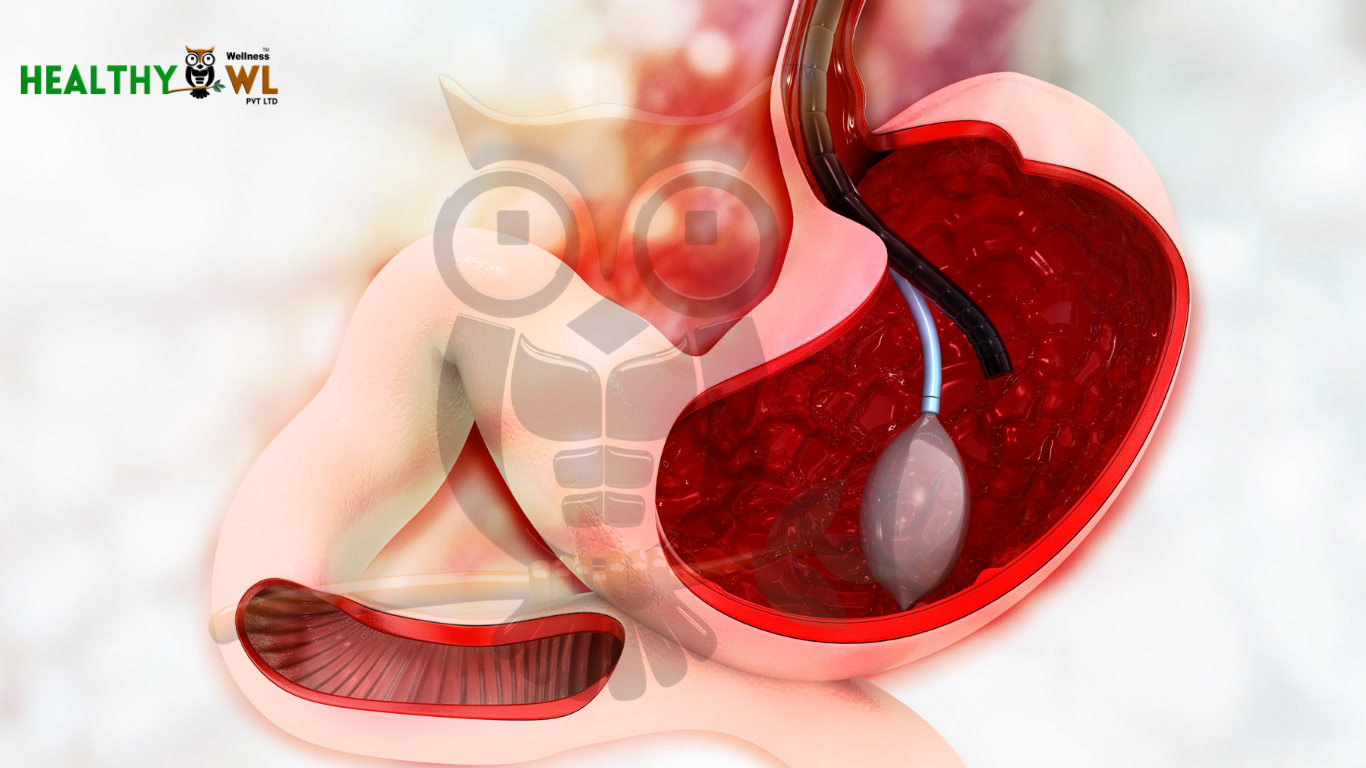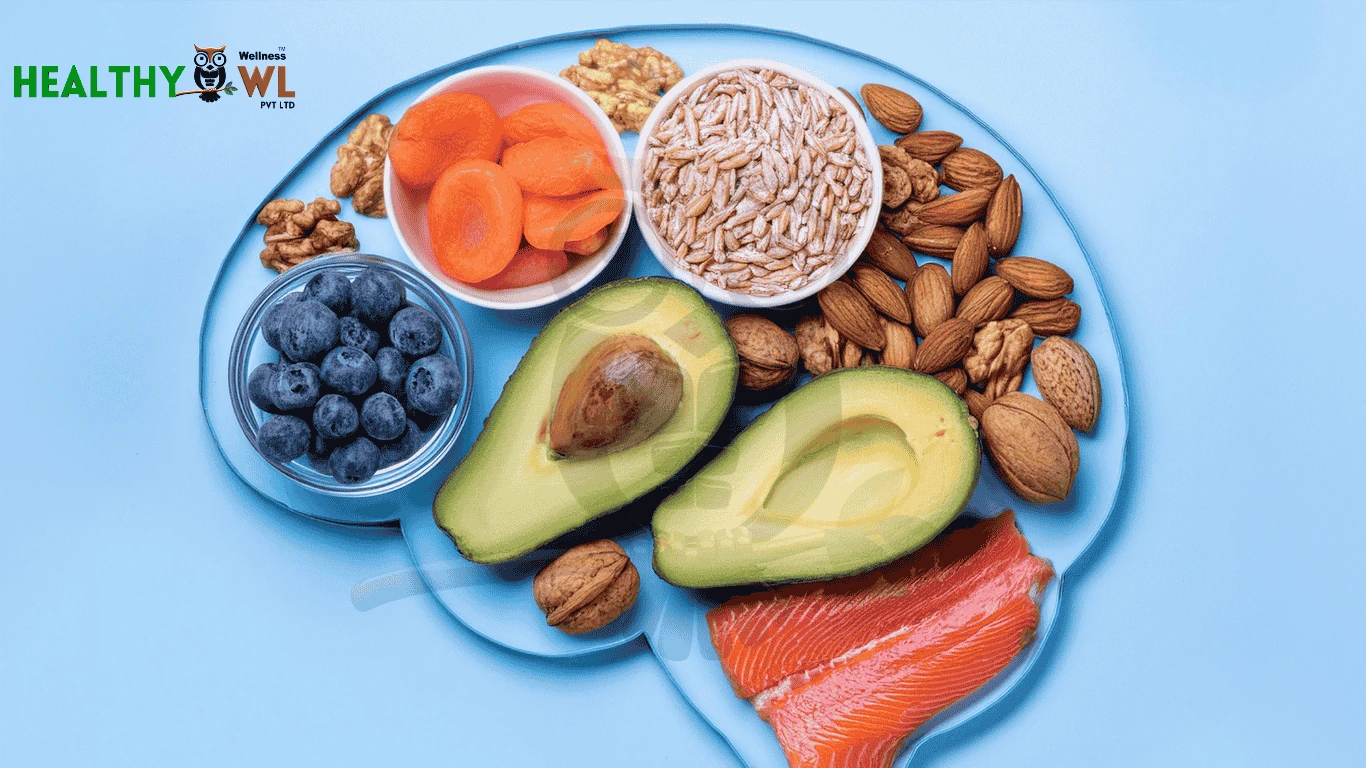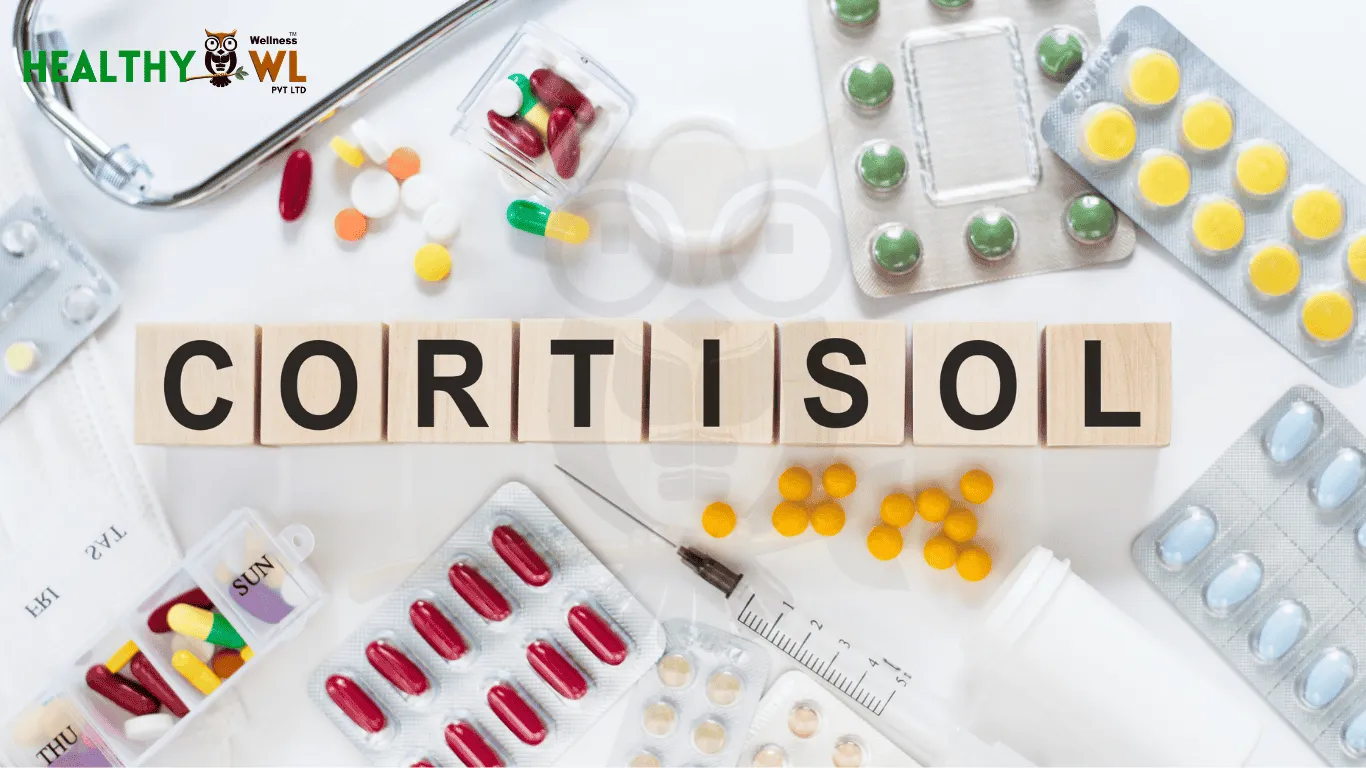There’s no doubt about it: fiber has become the supplement queen these past few years and rightly so. Whether you’re scrolling TikTok or chatting with friends, fiber is everywhere. It supports digestive health, helps with weight management, and fuels overall wellness.
Enter the buzzword du jour: “fibermaxxing.” This term, coined by the TikTok wellness crowd, captures an intense focus on maximizing fiber intake for its many health perks.
“Fibermaxxing” is a viral wellness trend where individuals aim to meet or exceed the recommended daily fiber intake through whole foods and, sometimes, supplements, explains Sara K. Riehm, RD, a dietitian at Orlando Health Center for Health Improvement.
What Is Fibermaxxing?
Technically, fibermaxxing isn’t a medical term but it’s rooted in nutritional guidelines. The goal is to reach or exceed the daily fiber recommendation 25 g for women and up to 38 g for men by loading meals and snacks with fiber-rich foods.
People do this by:
- Eating a variety of high-fiber fruits, vegetables, legumes, whole grains, nuts, and seeds
- Using fiber supplements to fill in gaps when needed
The Science-Backed Benefits of a High-Fiber Diet
- Supports digestion and regularity – Insoluble fiber adds bulk to stool and prevents constipation. (Mayo Clinic)
- Balances blood sugar – Soluble fiber slows carbohydrate absorption, preventing spikes. (Harvard Nutrition Source)
- Helps with weight management – Fiber increases fullness without adding excess calories.
- Reduces cholesterol – Soluble fiber binds LDL cholesterol, helping protect your heart.
- Supports a healthy gut microbiome – Fiber feeds beneficial gut bacteria, boosting immunity
How Much Fiber Do You Really Need?
According to the Dietary Guidelines:
- Women under 50: ~25 g/day
- Men under 50: ~31–38 g/day
- Over 50: women ~21 g/day, men ~30 g/day
Yet most adults consume only 15–16 g daily, far below ideal. This is where fibermaxxing can bridge the gap.
Soluble vs Insoluble Fiber – What’s the Difference?
Understanding the two main types of fiber will help you balance your intake.
Soluble Fiber
- Dissolves in water and forms a gel-like substance in the gut.
- Helps regulate blood sugar and lower cholesterol.
- Found in: Oats, apples, citrus fruits, carrots, barley, psyllium husk.
Insoluble Fiber
- Does not dissolve in water.
- Adds bulk to stool and speeds up digestion.
- Found in: Whole wheat, brown rice, nuts, beans, cauliflower, green beans.
For the best results, include both types in your diet daily.
Is Fibermaxxing Safe?
For most people, yes, if done gradually. However, jumping from 10 g to 35 g of fiber overnight can cause bloating, cramping, and gas.
Risks Involved in Fibermaxxing
While fiber is essential, too much too soon can backfire:
- Digestive discomfort – bloating, gas, constipation, or diarrhea
- Mineral absorption issues – excessive supplemental fiber may reduce absorption of iron, zinc, and calcium
- IBS flare-ups – some high-fiber foods can trigger symptoms for people with sensitive guts
- Dependence on supplements – relying only on powders can mean missing out on other nutrients from whole foods
Pro tip: Increase fiber gradually and drink at least 2 liters of water daily to minimize discomfort.
How to Safely Try Fibermaxxing
- Start low and go slow – Increase fiber by 5 g every 2–3 days.
- Hydrate well – Fiber works best when it absorbs water.
- Prioritize whole foods – Fruits, vegetables, legumes, whole grains, nuts, and seeds.
- Mix fiber types – Balance soluble and insoluble fiber sources.
- Listen to your gut – If discomfort occurs, reduce your intake slightly, then build up again.
Fibermaxxing with Local, Everyday Foods
You don’t need expensive superfoods – your local market has plenty of high-fiber choices:
- Vegetables: Bottle gourd (lauki), okra (bhindi), drumstick (moringa pods), ridge gourd (turai).
- Fruits: Guava, papaya, banana, sapota (chikoo), pears.
- Whole Grains: Bajra, jowar, whole wheat, brown rice.
- Legumes & Pulses: Chana, masoor dal, moong dal, rajma, black chana.
- Nuts & Seeds: Almonds, peanuts, sunflower seeds, chia seeds.
Fiber Timing for Steady Energy & Better Digestion
When you eat fiber matters:
- Morning: Mix soluble & insoluble (oats + fruit + seeds) for lasting fullness.
- Midday: Veggies + whole grains to prevent sugar crashes.
- Evening: Opt for lighter cooked fiber to avoid bloating at night.
- Snacks: Include roasted chana, fruits, or whole-grain crackers between meals
- Dessert – If you crave for dessert, try a chia pudding with fruit instead of sugary treats.
Consistency is key, small daily swaps lead to big changes over time.
Tip: Avoid large fiber-rich meals right before intense workouts or bedtime.
Important Considerations Before You Start
- Check with a healthcare professional if you have digestive issues or chronic illness.
- Aim for variety – Different fibers feed different gut bacteria.
- Avoid extreme jumps – Your microbiome needs time to adapt.
- Don’t neglect other nutrients – A balanced diet is more than just fiber.
- Read labels on fiber supplements – Choose products without unnecessary additives.
Tips & Tricks for Fibermaxxing
- Pair Fiber with Probiotics: Eating fiber alongside probiotic-rich foods like yogurt, kefir, or kimchi can improve gut health synergy.
- Start the Day with a Fiber Boost: Add chia seeds or ground flaxseed to your morning smoothie, oats, or yogurt for an easy win.
- Use “Volume Eating” for Weight Control: Fiber-rich vegetables like zucchini, cabbage, and cauliflower add bulk to meals without adding many calories.
- Upgrade Snacks Instead of Meals First: Swapping chips for roasted chickpeas or popcorn makes the fiber transition easier on digestion.
- Hydrate, Hydrate, Hydrate: Fiber absorbs water; without enough fluids, it can cause constipation instead of preventing it.
- Sprinkle, Don’t Dump: Gradually sprinkle high-fiber seeds, nuts, or bran into meals to avoid digestive discomfort.
- Mix Different Fiber Sources in a Meal: Combining soluble (oats) and insoluble (leafy greens) in the same dish gives balanced digestion support.
- Freeze Fiber for Convenience: Batch-cook and freeze beans or lentils so you can toss them into soups, curries, or salads anytime.
- Watch the Added Sugar in Fiber Supplements: ome flavored fiber powders sneak in sugar or artificial sweeteners, which can counter health goals.
Final Takeaway
Fibermaxxing can be a gut-friendly game-changer if you increase fiber slowly, hydrate well, and eat a variety of whole foods. Both soluble and insoluble fiber deserve a place in your diet—not just for digestion, but for heart health, weight balance, and overall wellness.
Your gut will thank you, and your energy levels might too. Start small, be consistent, and enjoy the benefits.
Source:
- Mayo Clinic
- Harvad Nutrition Source
- Women Health












